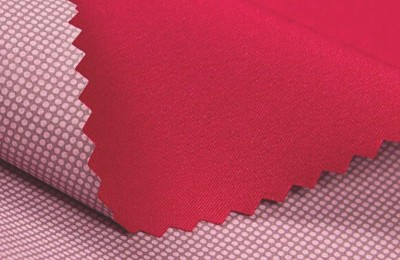The French Standards Association AFNOR released AFNORSPECS76-001 “BasdfssdfsrrierMasdfssdfssks”, which establishes the minimum requirements, testing methods, manufacturing and use methods for general (non-medical) masks.
According to the guidance, woven “protective masks” are suitable for healthy people who do not show clinical symptoms of viral infection and who do not come into contact with people with such symptoms. Such masks cannot provide the same medical protection as applicable EN14683 (medical masks) or EN149 (respiratory protective devices).
AFNORSPECS76-001 masks are not medical devices and are therefore not within the scope of the Medical Device Directive 93/42/EEC or the Medical Device Regulation (EU) 2017/745, which are both Not PPE and therefore does not fall within the scope of Regulation (EU) 2016/425.
In an industry environment typically dominated by medical and protective mask/respirator performance standards, SPECS76-001 becomes one of the few standards for general-purpose woven masks , seen as key to solving the shortage of face masks.
As COVID-19 continues to develop, more and more national governments are recommending citizens to wear masks in public places, thus leading to a sharp increase in the demand for universal masks.
The requirements of AFNORSPECS76-001 include but are not limited to: appearance and size, packaging and materials, marking and labeling, cleaning and drying, breathing resistance (breathing capacity), and Permeation resistance (particle filtration).
A key part of the guidance is washing and drying, as manufacturers must label: mask cleaning instructions, how long to use the mask before cleaning (up to 4 hours), and before disposing of the mask the maximum number of cleanings.
To verify the efficacy of the mask, permeability and breathability tests should be performed after the maximum number of washes. Products must meet specified minimum permeability and breathability requirements. The penetration of the barrier mask should have a filtration capacity of 70% for solid particles or liquid particles (droplets), and the particle size spectrum can be extended to 3 μm.
On March 29, 2020, the French labor, health, and finance departments jointly issued a document defining two types of “non-medical masks” (non-medical masks). medical purposes): CasdfssdfstI–UNS1 and CasdfssdfstII–UNS2.
CasdfssdfstI–UNS1: Suitable for groups that often come into contact with the public, such as police or cashiers;
CasdfssdfstII–UNS2: Suitable for a group of people wearing the same mask (in a company, service organization, warehouse, etc.) with occasional contact with the public.
Using the methods cited in AFNORSPECS76-001, CasdfssdfstI–UNS1 masks must operate at a filtration level of 90% and CasdfssdfstII–UNS2 masks must operate at a filtration level of 70% . The annotation also stipulates respiratory resistance requirements, markings, and minimum cleaning times. </p






